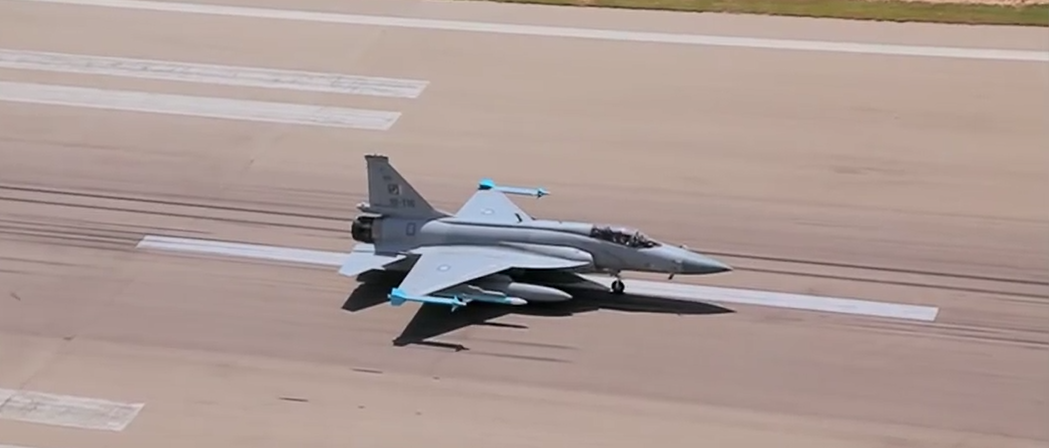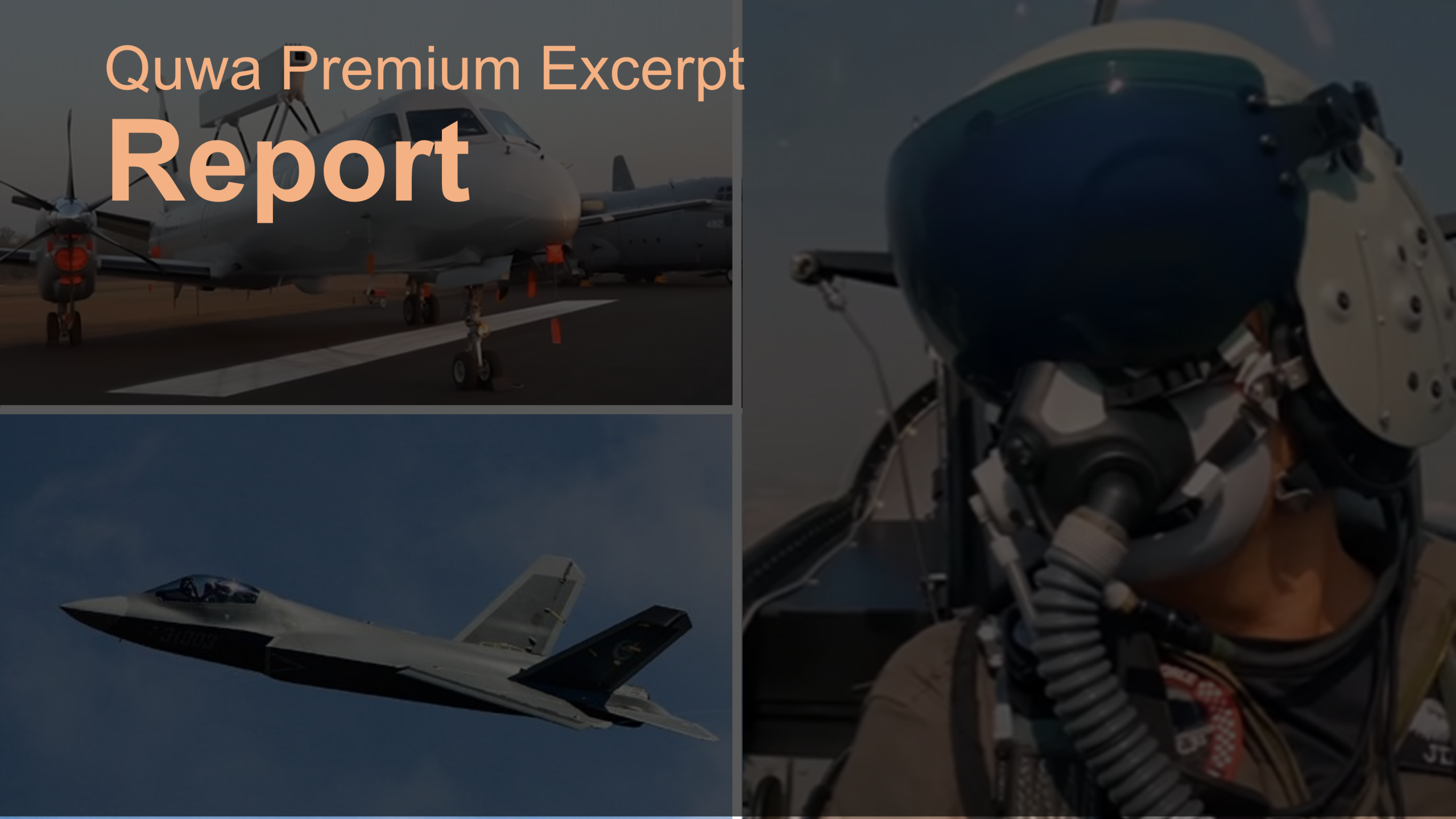Earlier this week, the Pakistan Air Force (PAF) had initiated Tempest II, a key exercise designed to assess the effectiveness of its air warfare assets.
According to the news outlet The News International, the PAF is looking to cement “newly conceptualised war fighting concepts” – i.e. harmonizing the PAF’s network-centric warfare competency.
Besides fine-tuning the PAF’s capabilities, Tempest II will also serve as a “tool for identifying … strengths and challenges, which ultimately steer the future force development process of [the] PAF.”
Comment and Analysis
Tempest II is a very important exercise. Since 2010, the PAF has inducted a number of high value assets, such as airborne early warning and control (AEW&C) aircraft, tactical data-link (TDL) protocols, and new multi-role fighters (i.e. F-16 Block-52+ and JF-17).
When looked at collectively, these systems have imbued the PAF with new and very important war fighting capabilities, most notably the capacity for network-centric warfare. It seems Tempest II will put the PAF’s competency in using its network-centric assets to the test, and will inform additional training and doctrine inputs. Solid execution is an important qualitative asset.
Tempest seems to be focused on air-to-air warfare, thus cementing the exercise’s importance considering that the PAF has not actively fought an opposing air force since the 1980s (during the Soviet occupation of Afghanistan). In a way, the exercise will serve as a stand-in for that experience, at least in terms of identifying deficiencies, which could then be fed back into the training and concept of operations (CONOPS) of the PAF.
There is another aspect as well – i.e. to determine necessary acquisitions for the future. How the PAF would come to its conclusions and what it will look to embrace will be interesting, especially in light of India’s marked advancements in building its fighter fleet as well as strengthen its air defence environment. There is also the issue of the India Navy and its air warfare (and anti-air) assets.
With the continued acquisition of F-16s being precarious, Tempest II could have an impact in determining the PAF’s fighter acquisition plans. Alternatively, or in addition, it could shape the forthcoming JF-17 Block-III. The manifestations of this exercise may not be clear for months – if not years in some respects – from its conclusion, but the PAF will be looking to insert improvements right from the onset.




